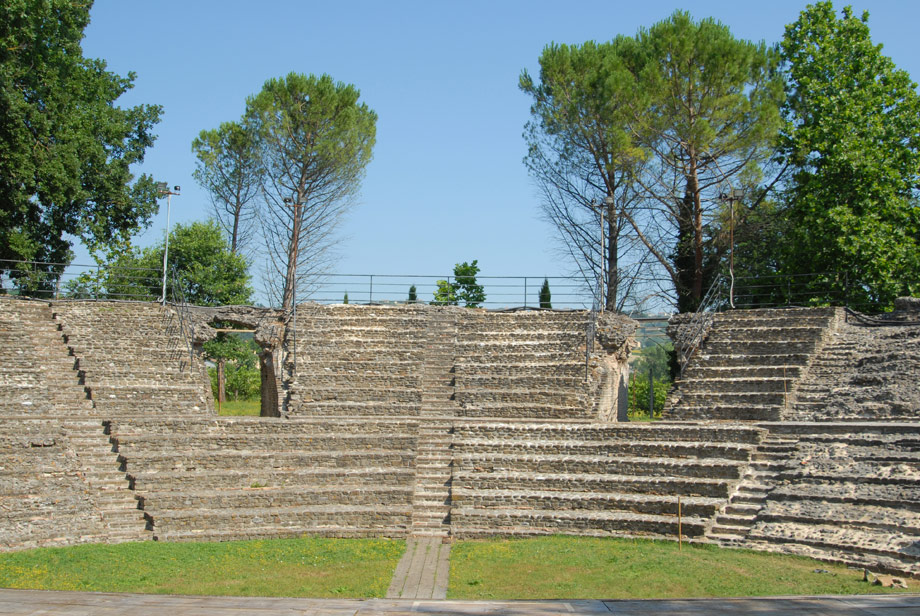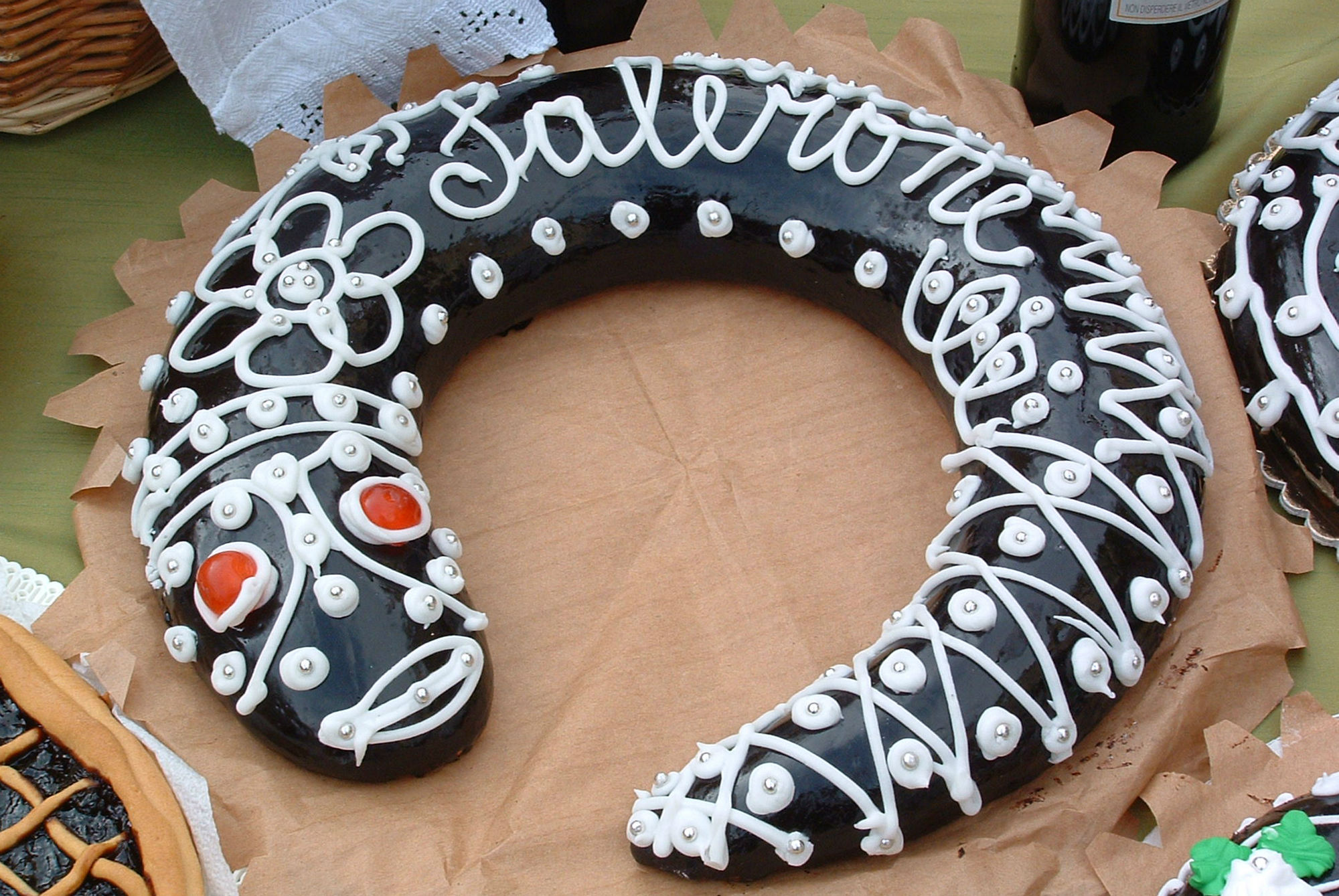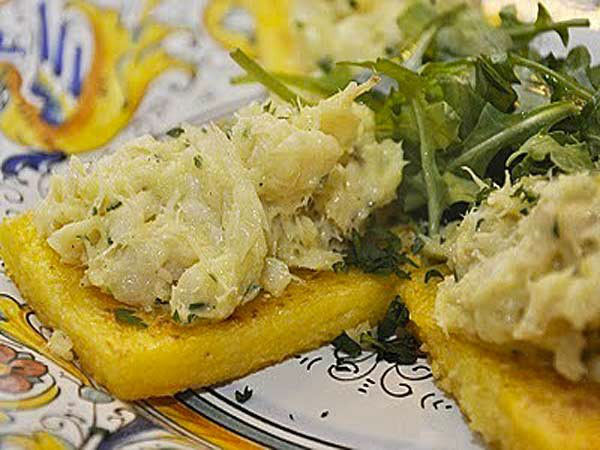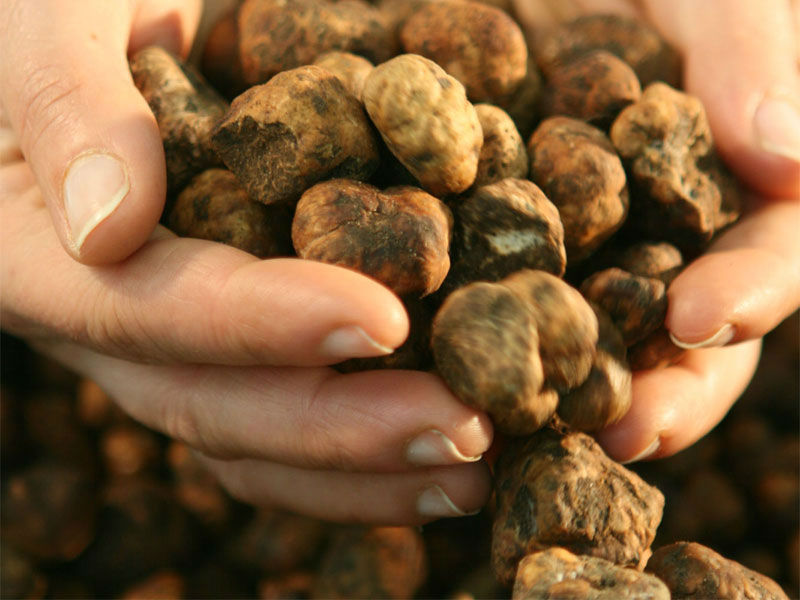Falerone | Accommodation details

63837 Falerone (FM)
Italia
Historical Notes
The Roman centre of Falerio rises up in the Tenna Valley, on the left hand side of the river in a territorial district that was already intensely populated even in pre-Roman times. Cited by Plinio (N.h. III, 111) among the centers of the Regio V augustea, its inhabitants were members of the Velina tribe. The registrations bear witness to the status of a colony held by a college of duumviri. The town which became monumentalized starting from the Augustan Age was an up-and-coming center right up to the IV century AD. With the crisis of the Empire the decadence started even for Falerio and the ancient town was gradually abandoned in favor of the surrounding hills which guaranteed major security. The territory was conquered in the end by the Lombards (an important inscription of the period is preserved in the Civic Archeological Museum). Later the town was moved to the hill and was administered for centuries by the various signori starting with count Mainardo (X century). It is only in the XIV century that history speaks of the Municipality of Falerone; in the XVI century it is within the supporters of the Euffreducci in an attempt to impose a signorìa on Fermo, but without success.
Monuments and Churches
- Loggette dei Mercanti: XV century picturesque portico of two orders which welcomed the pilgrims.
- Church of San Fortunato, of Romanic origin (XIII-XIV century) with a Renaissance portal. Inside a painting of Vittore Crivelli depicting the “Madonna Adorante il Bambino, e due Angeli” (1479).
- Ex Church of S. Sebastiano: A small art gallery which hosts the work of Frà Marino Angeli which depicts the “Stigmata of San Francesco and San Michele Archangel” (XV century).
- Church of Santa Margherita (XIII century)
- Church of San Paolino of lombard origin, it is built with river stone and of material recovered from Roman ruins. It has Roman-Gothic characteristics with a single sloped quad- angled tower.
Other attractions worth visiting
The archeological park has a route which allows us to visit the remains of the main monuments of the ancient town of Falerio. The theatre, one of the best preserved structures in the Marche, was erected during the Augustan Age. The cavea has a diameter of about 50 meters and was originally encircle by a ring portico which held up the third tier of steps, but which no longer stands. The scenic building, separated from the horse-shoe shaped auditorium by two vaulted entrances, is made up of the main stage, which is articulated in alternating semicircular and rectangular niches, and of the front scene of a rectilinear profile onto which the three canonical entrances open onto functioning for the theatrical representations. The cistern named “Bagni della Regina” (the Queen’s baths) is visible along the Via del Pozzo. It is in fact a trapezoidal layout structure, divided internally into three communicating rooms, which can be interpreted as the town’s castellum aquae (water tower or fountain). On the west front of the building, turned towards the cardo maximus, we can find openings of niches originally intended to host decorative statues. This structure can also be dated to the Augustan Age.
Still visible at the amphitheatre on the north-east section of the perimeter wall are two passageways with covered vaults, together with the monumental eastern entrance. The structure, constructed in brick work, can be dated to the 1st century AD and could accommodate up to 5000 Spectators.
The Archeological Museum: The remains recovered during the archeological excavations that since the ‘500 were made in the area of the Roman town of Falerio, have gone to the various museums of which the Louvre in Paris, the Vatican Museums and the National Archeological Museum of Ancona. The majority of these however are still looked after by the Civic Antiquarian Museum here in Falerone, set up in the rooms of the ex-convent of the Franciscan monks, besides the Church of San Fortunato.
Recently restored, the museum space is divided into thematic sections and has been set out following a didactical criteria so as to facilitate the visit and the understanding of the objects being exhibited. The visitor can therefore take a walk through the history of the territory:
From the Piceni presence to the Roman conquest with the foundation of the colony of Falerio, up to the period of the decadence and of the lombard occupation.
Local Traditions
Food & Wine:
- Extra virgin Oil of Falerio Picenus Olive (olives produced from the Piantone of Falerone, olive trees that take on the strong characteristics in the territory of Falerone and of the nearby municipalities)
- Lu serpe: (traditional Christmas Sweet anciently prepared right back into the XVII century by the Clarisse Nuns)
- Prosciutto marchigiano (Ham made in the Marche)
- D.o.c. wines: Rosso Piceno and Bianco Falerio obtained from the grapes from the Falerone hills.
Tourist information:
Associazione Minerva – Archaelogical park
Tel.: 333 5816389
E-mail: minerva.falerone@libero.it
Recreationa vehicle park:
Frazione di Piane di Falerone, via Togliatti. Parking is forbidden on first Sundays of each month from 7 am to 2 pm because of open-air market. GPS N 43°05'57 E 13°29'59''
Distance from cisty centre: 150mt
Facilitiesi: street lighting, dump station..










